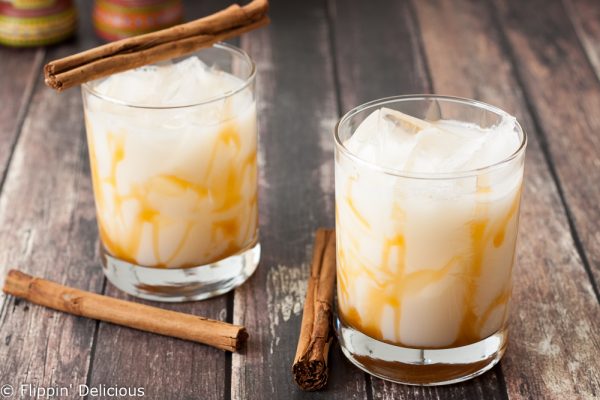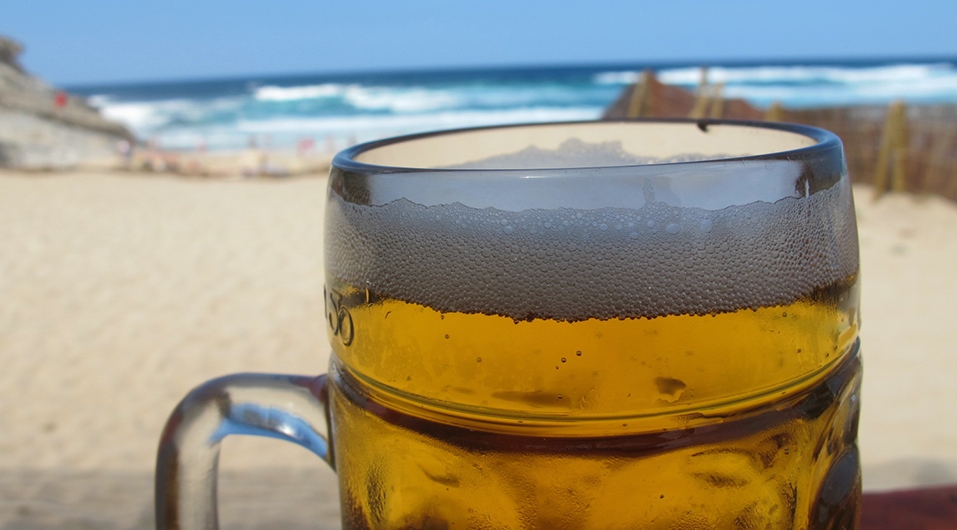When the heat increases so does the amount of liquid that we consume and no longer do we drink just water to quench our thirst. There are a variety of beverages to which we turn to hydrate and enjoy throughout the day, in our leisure time with family and friends. But many of us don’t know how the most popular summer drinks can contribute and benefit our health.
Beer, one of the most widely consumed beverages in Spain, lowers the risk of developing cardiovascular disease by increasing good cholesterol (HDL) and polyphenols. It protects against neurodegenerative diseases and improves bone health because it contains silicon. It also has an anti-inflammatory and antibiotic characteristics thanks to hops, one of its essential components.
It is also highly recommended for athletes, according to Carolina Perez, nutritionist at Quirónsalud Hospital Torrevieja. “Consumption of a moderate amount of beer after intense activity helps to ensure rapid rehydration and helps to prevent muscle aches. Beer for its taste, aroma and being carbonated, especially served cold, is recognised as being better than water in situations where thirst is not a factor, as it is 2% of dehydration that helps with sports performance, but it is not significant enough to combat thirst.”
Slush, one of the most popular summer drinks, a cold drink served while still crystallized. Sorbet, however, is halfway between slush and ice cream, it contains less fat than ice cream, but more sugar.
The main component of slush is water, whose presence represents about 85-90% of its composition. Therefore, its calorific content is not very high, around 60-70 calories per 100 millilitres. In its preparation no fats are used (unlike ice creams), so there is no added fat or cholesterol. However, its consumption should not abused because, although there is no fat, they do have significant amounts of sugar.
The absence of fat and cholesterol in such drinks can be a positive for people with high blood cholesterol levels who want to indulge occasionally. However, it is important that the consumption of these products occurs only occasionally so as to avoid excess sugar in the diet.

Another irresistible drink is horchata, consumed in two versions, liquid and slush. The basic ingredients are water, tiger nuts and sugar. Horchata is a rich sugary, energy drink with healthy fats, highly recommended for all ages but especially for patients with cardiovascular disease who do not suffer from being overweight. It also has a significant calcium content, much needed during periods of breastfeeding, pregnancy and growth in children.
It is low in sodium and high in potassium which makes it very suitable for hypertensive patients. It aids in the recovery of diarrheal diseases as a result of its astringent properties and having no cholesterol, gluten or lactose, it is suitable for those with intolerances. However, horchata is not advisable for diabetic patients because of its high sugar content.
Gazpacho, another of the kings of summer, retains all the nutritional benefits of each and every one of its ingredients without suffering any degradation by heat that is caused by cooking “Vitamin C in peppers and tomato, vitamin E in the Tomato’s and extra virgin olive oil, antioxidants such as lycopene from tomatoes, vitamins for summer sun and also takes care of our skin,” says nutritionist Carolina Perez.
It is full of fibre, which promotes intestinal transit and promotes cleansing of our body. Also it contains minerals such as phosphorus, iron, calcium, magnesium, zinc, copper, potassium and sodium. That is why gazpacho is regarded as an isotonic drink, because of its water content and mineral salts. Gazpacho also helps reduce blood pressure. “Consumption of the main natural ingredients of gazpacho is linked to a reduction in blood pressure. Hypertension is a condition that affects 25% of the adult population and is the main risk factor for heart attacks and strokes.
Finally, other soft drinks that are experiencing a boom, especially among athletes, are sports drinks, which promote athletic performance and quickly help replenish losses caused by intense exercise.
Their water content prevents dehydration, the concentration of carbohydrates (6-8%) is effective to maintain fluid balance, provide energy, maintain blood glucose levels and accelerate the absorption of water. Electrolytes help maintain fluid balance, nerve function and muscle contraction.
However, many experts agree that if exercise lasts less than an hour, even in an intense and warm atmosphere, it is sufficient to hydrate by drinking water before, during and after exercise.





